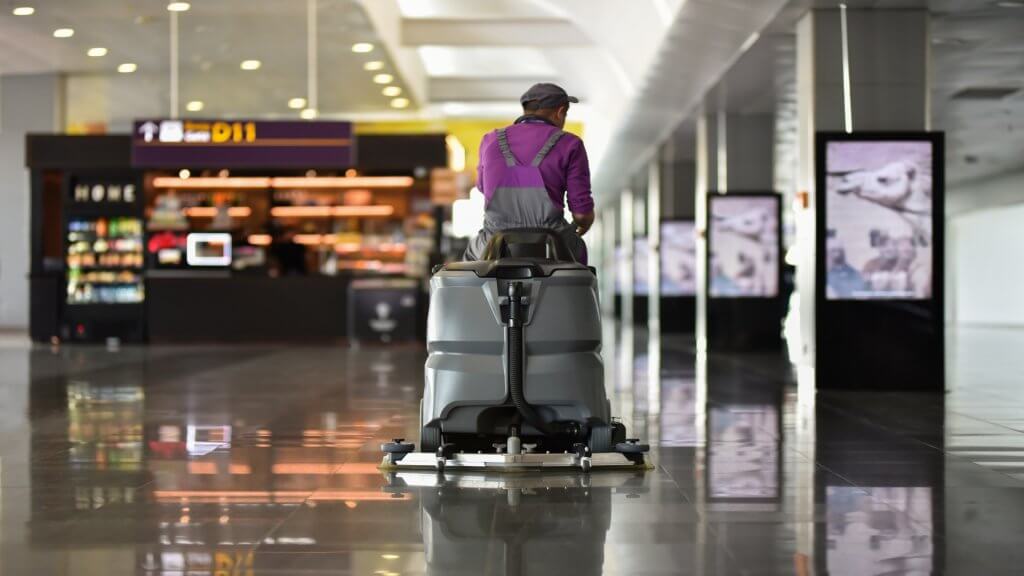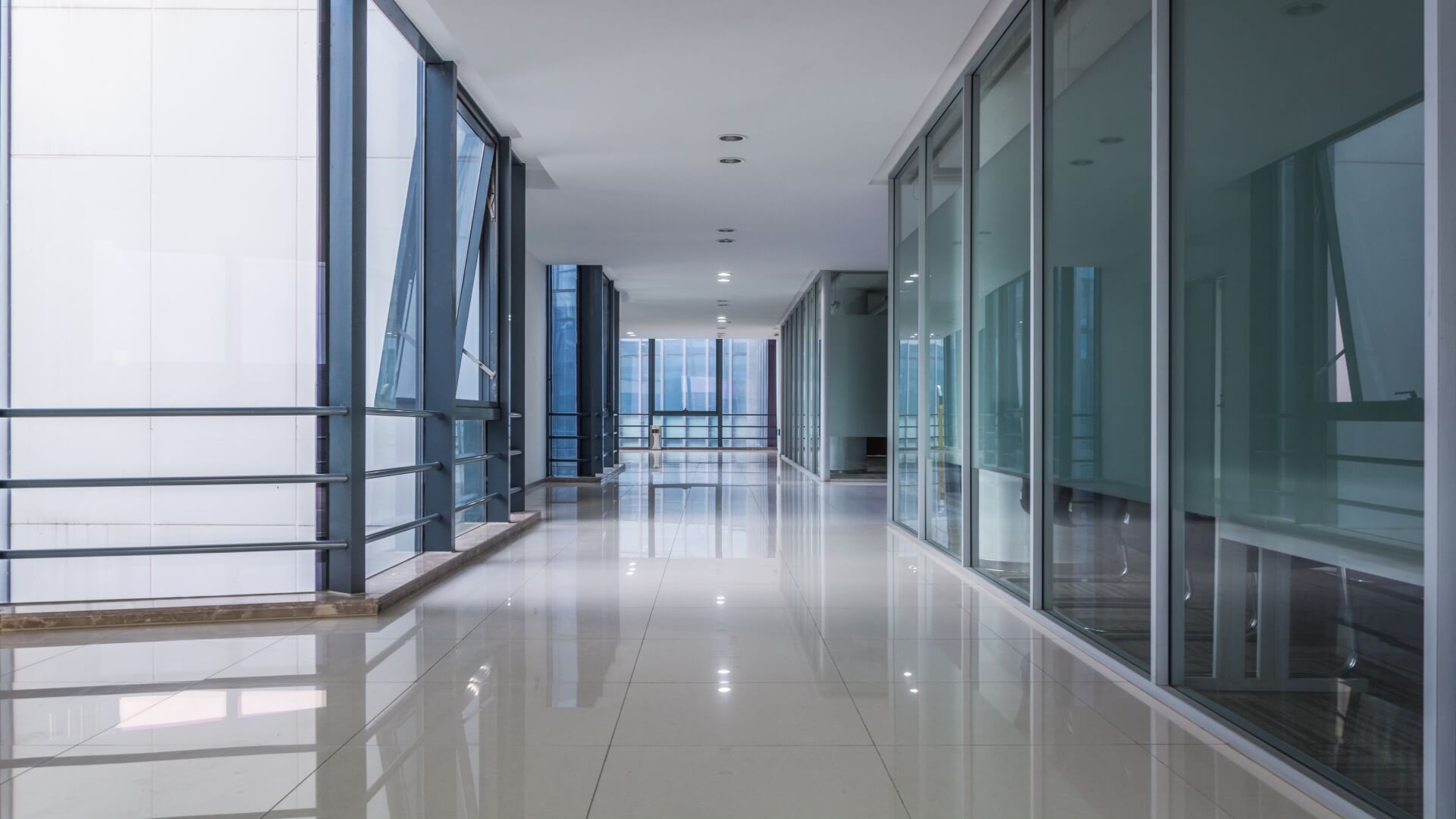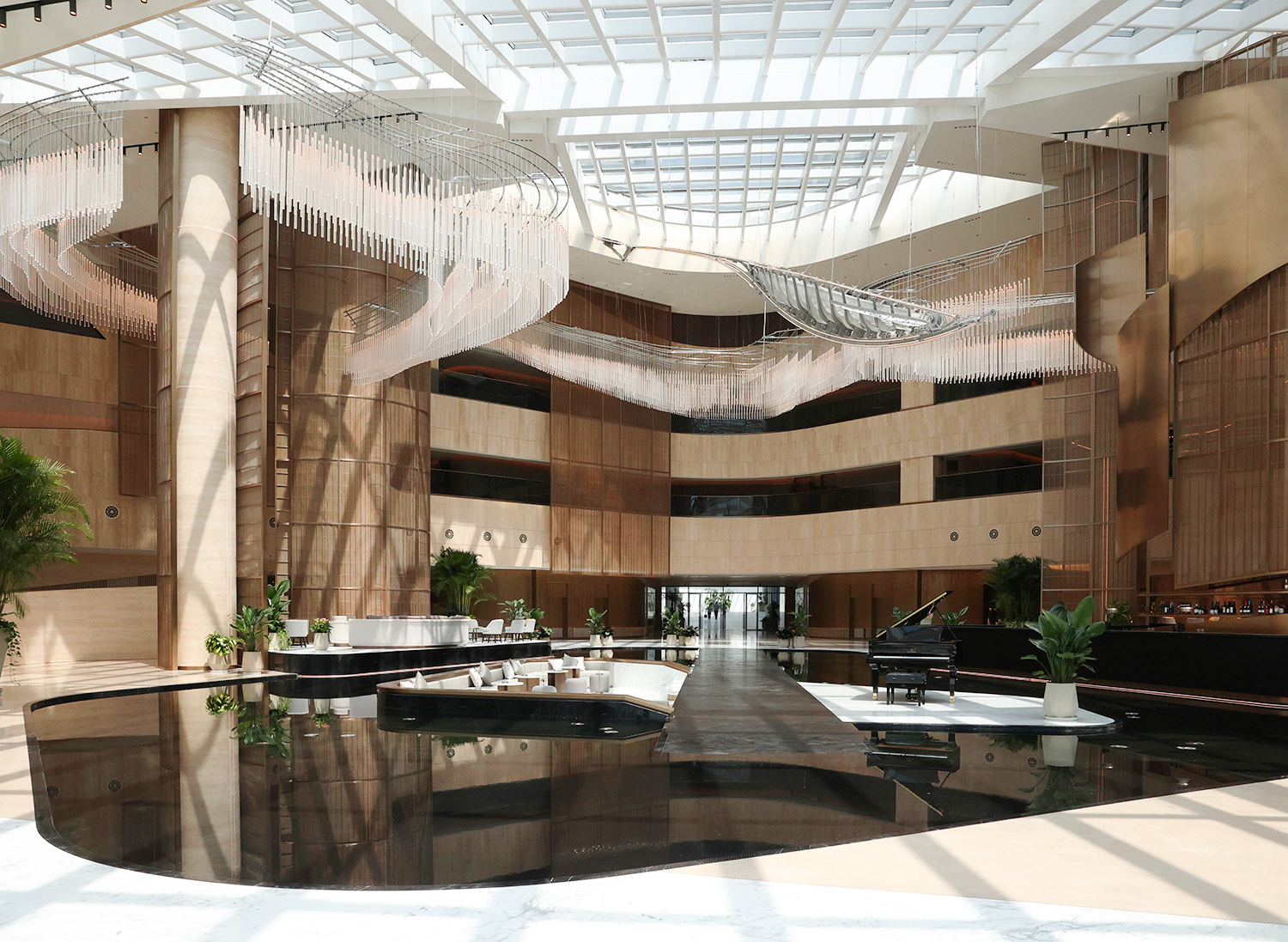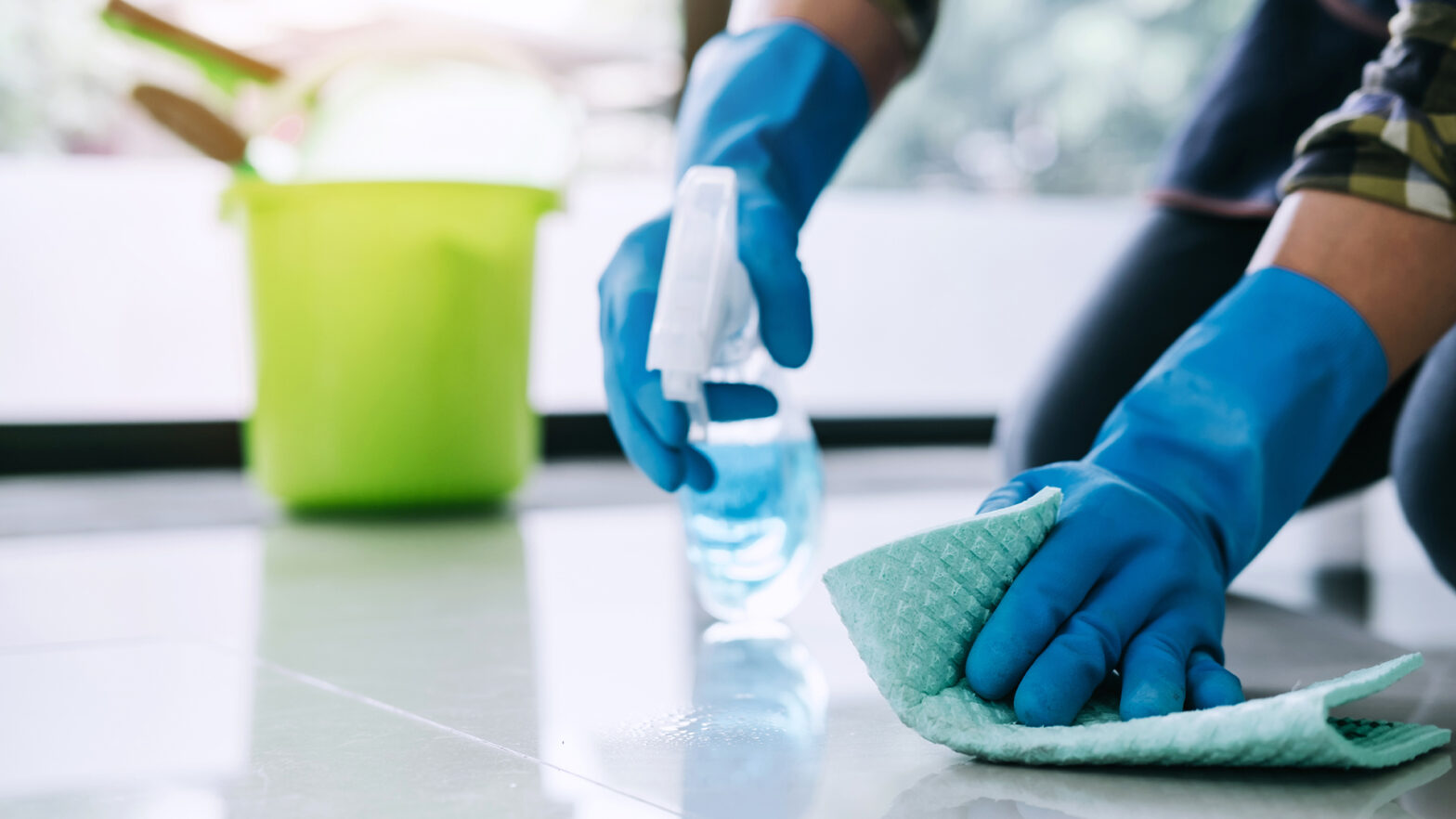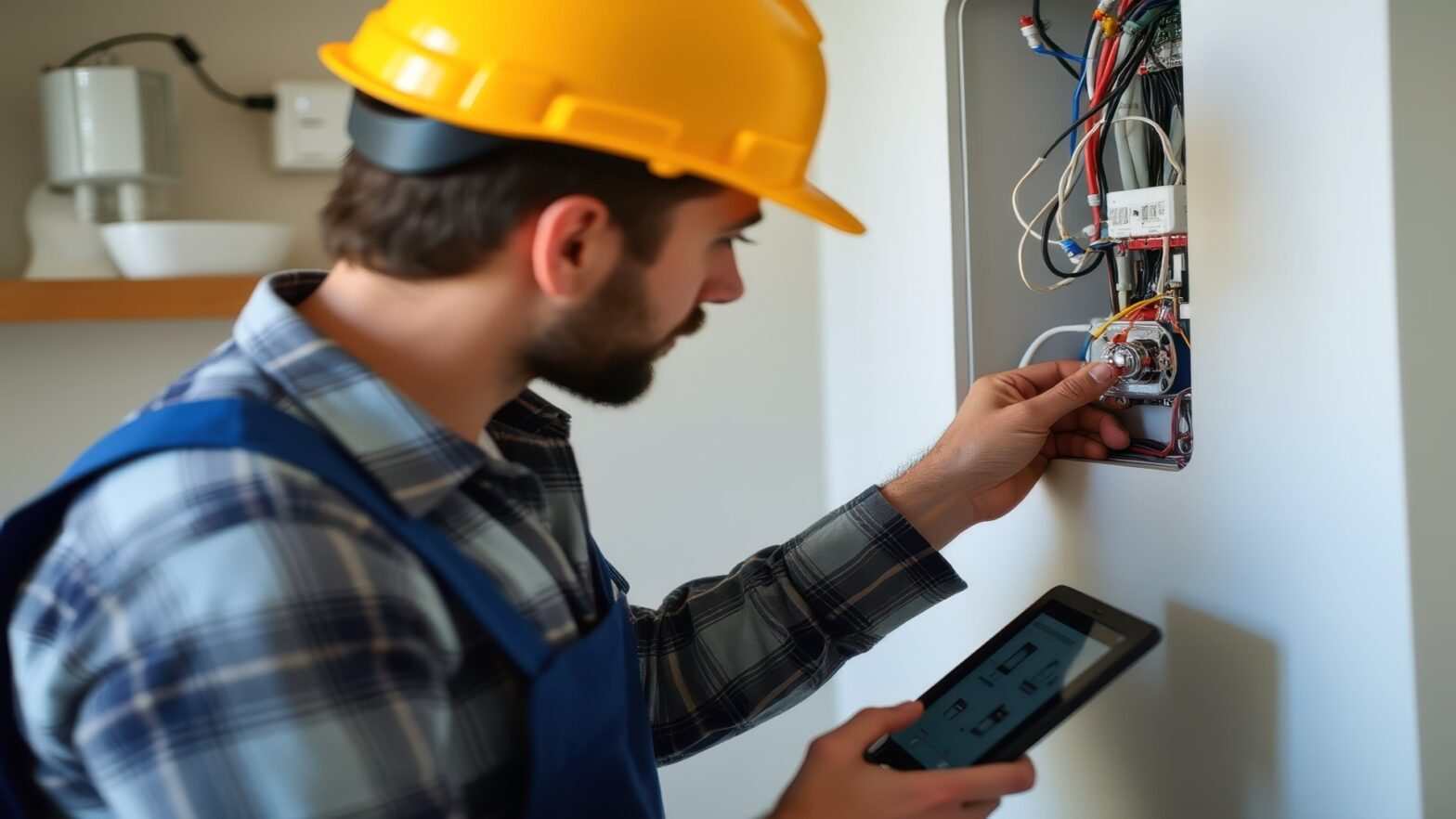Commercial spaces are constantly exposed to heavy foot traffic, moisture, liquid, and dirt. Therefore, their floors require more frequent cleaning and extra maintenance efforts.
Maintaining commercial floors is crucial to keeping the spaces clean, safe, functional, and aesthetically appealing. Aside from proper maintenance, they require preventive measures to reduce the risk of early deterioration.
Here’s a quick guide on maintaining and protecting commercial floors.
1. Know What Your Commercial Floor Type Needs
The maintenance requirements of commercial floors depend on the flooring material. For instance, floors with slippery surfaces may require an entrance matting system like the ones from matsdirect.co.uk to promote safety and collect dirt or mud from footwear.
Determining the flooring material is crucial to performing the most effective maintenance strategies. The following are the most common commercial floor types:
- Vinyl: Vinyl is one of the most durable commercial flooring options. It’s resistant to heavy foot traffic and easy to maintain. In most cases, regular mopping does the job.
- Tiles: Stone and porcelain tiles are popular in commercial settings due to their various design patterns and natural elegance. This floor type requires regular sweeping before mopping to avoid water stains.
- Concrete: Concrete gives an organic look to commercial spaces. However, it requires an immediate cleaning of spills to avoid stains since it’s a porous material. Resealing is also necessary for maintaining its shine.
- Carpet: Carpet is common in office spaces due to its noise-dampening advantage. This floor type requires frequent vacuuming to prevent dirt accumulation and unpleasant odour.
- Hardwood: Hardwood is the least common material for commercial spaces, but it’s still one of the most sought-after floorings because of its warm aesthetic appeal. Due to its lack of waterproofing, it requires dry mopping and regular refinishing to maintain its look and durability.
Applying proper maintenance that matches the flooring material helps keep commercial floors beautiful and functional.
2. Maintenance Techniques
Commercial floors need more attention for cleaning and maintenance due to their exposure to traffic and outdoor elements. Here are some effective maintenance techniques for maintaining and protecting them:
- Daily Cleaning: Daily cleaning and maintenance are essential for keeping commercial floors in good condition. It involves sweeping or vacuuming to remove dirt and debris. Failure to clean these particles can lead to micro-scratches and stains, which can compromise the surface’s durability and shine.
- Mopping: Mopping the floors with a damp mop can also help remove any stains or spills. Using a damp mop instead of a wet mop is vital as excessive water can cause damage, especially for hardwood and concrete flooring.
- Periodic Deep Cleaning: Periodic deep cleaning is also necessary to remove any buildup of dirt and grime left during regular cleaning. You may hire a commercial cleaner or a professional cleaning service for this. Deep cleaning is essential to maintain the shine and lustre of the floor surface while keeping odour and mould at bay.
- Using The Right Cleaning Products: The right cleaning products can help clean commercial floors more efficiently. They can also prevent damage due to harsh chemicals and sharp particles present in some floor cleaners. Following the manufacturer’s instructions and the installer’s recommendations is best to prolong the material’s natural look and durability.
- Refinishing And Restoration: Refinishing and restoration may also be necessary for damaged and worn floors. This process involves sanding down the floors and applying a new finish to restore their appearance. Refinishing is required when the floor has lost its shine and lustre due to scratches and scuff marks.
Regular maintenance and cleaning can prevent damage and extend the lifespan of commercial floors.
3. Protective Measure
Protective measures can prevent severe damage, reducing maintenance and repair costs.
- Floor Mats And Rugs: Aside from trapping dirt and debris, mats and rugs can also help absorb moisture and provide traction. You can place them at the entrances and near comfort rooms to keep floor adherence to the subfloor and prevent slips and accidents.
- Furniture Pads: Putting suitable pads under the legs of chairs, tables, and other furniture prevents scratches and dents. You can use one made from felt or silicone.
- Protective Coatings: Protective coatings such as sealants and finishes can help protect the floors from spills and stains, especially concrete and wooden flooring.
Protective measures can help extend the lifespan of commercial floors.
4. Hiring A Professional
While regular maintenance and protective measures can help keep commercial floors in good condition, hiring professionals may be necessary. Aside from providing expert cleaning services, they can also repair and refinish damaged or worn surfaces to restore their original condition.
Hiring a professional can be a good investment for businesses that want to maintain the appearance and safety of their commercial floors. Although it adds a significant cost to building maintenance, it can help save money and other resources.
Furthermore, professional flooring maintenance services are crucial to maintaining commercial spaces’ safety. Deep cleaning can reduce disease-causing bacteria, enhancing hygiene and safety. Plus, repairing small damages can prevent accidents.
Conclusion
Maintaining commercial floors is essential for businesses to provide a safe and welcoming environment for their customers and employees. By taking these steps, businesses can ensure that their facilities are functional and efficient.
